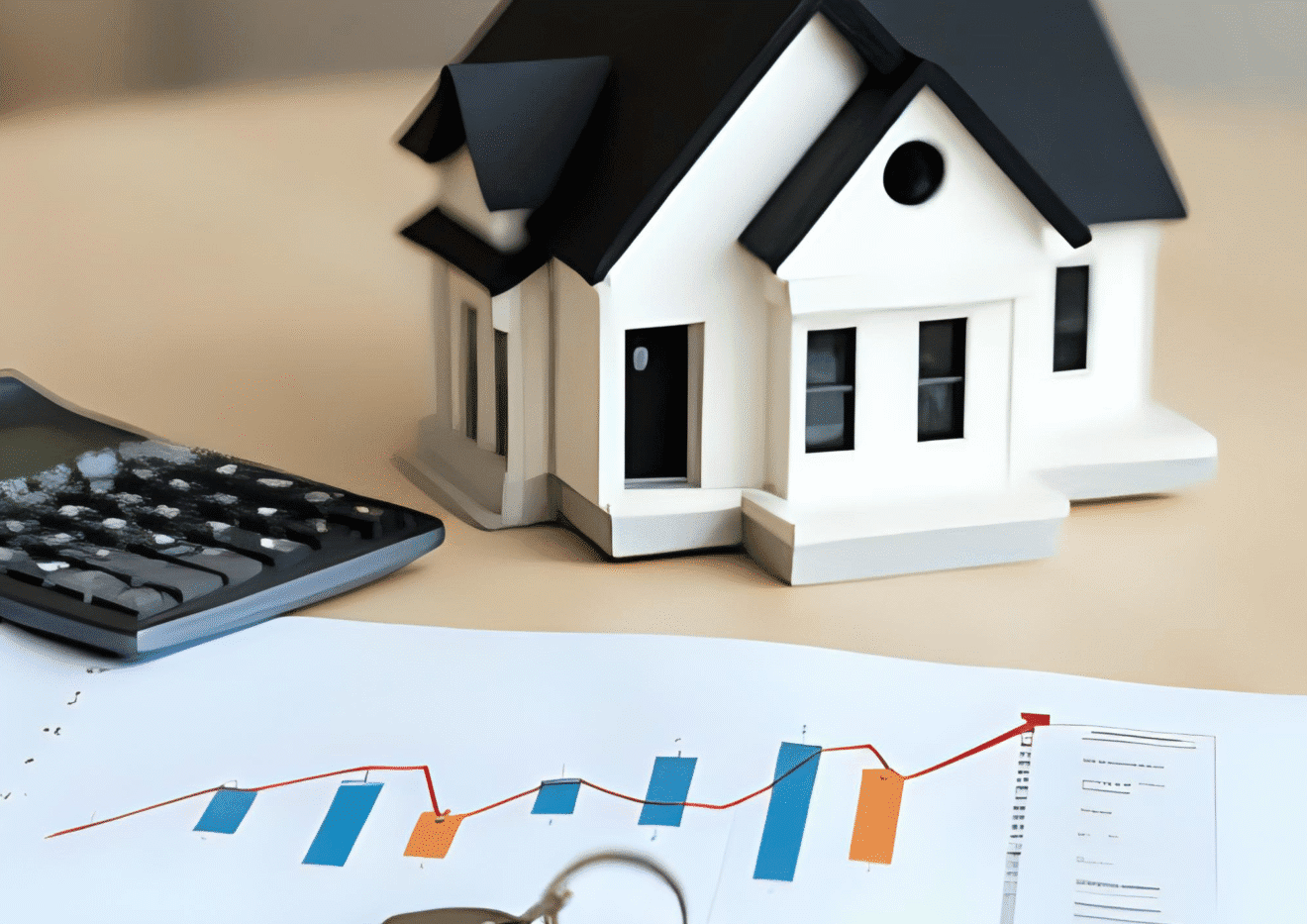Real estate investing in the Greater Toronto Area (GTA) has always carried a certain appeal. But in a market as competitive and dynamic as Toronto’s, guessing won’t cut it. Successful investors don’t rely on luck—they rely on numbers. Analyzing cash flow properties is a key part of successful real estate investments, helping investors build wealth through long-term property holdings and informed decision-making. Before you start analyzing properties, it’s crucial to define your investment objectives—whether you’re aiming for short-term gains or long-term growth, clear goals will guide your property selection and performance measurement. Learning how to analyze cash flow properties in the GTA is the difference between building wealth and losing money. This comprehensive guide breaks down the steps, the math, and the mindset behind finding properties that actually work for you, not against you.
1. What Is Cash Flow in Real Estate?
Cash flow is simply the money left after paying all expenses on a rental property. Cash income refers to the actual cash generated from the property after all expenses are paid, and is a key metric for assessing profitability. Positive cash flow means you’re earning income; negative cash flow means you’re losing money.
2. Why Cash Flow Matters in the GTA
With high property values and carrying costs, Toronto’s real estate market can be unforgiving. Cash flow ensures your property pays for itself while also building equity through property appreciation and mortgage paydown, which is a crucial part of achieving long term objectives in real estate investing.
It’s important to set long term objectives that balance immediate cash flow with sustained equity growth for lasting financial stability.
3. Understanding Gross Rental Income
Gross rental income is the total rent collected before expenses. Start here—know your rental rates in the GTA by checking comparable properties.
4. Accounting for Vacancy Rates
In reality, rental properties won’t always be occupied. Smart investors budget for vacancy rates of 2–5% depending on location and property type.
5. The Power of Net Operating Income (NOI)
A property’s net operating income (NOI) is calculated as gross rental income minus operating expenses. Analyzing the property’s profitability involves comparing the NOI to both expenses and potential income to assess how profitable the investment is before debt.
6. Breaking Down Operating Expenses
Expenses include property management fees, property taxes, maintenance fees, insurance, and utilities. Other expenses, such as legal fees, utilities, and unexpected repairs, are also important to include in your calculations. Underestimating these leads to negative surprises.
7. Factoring in Property Taxes
Toronto’s property taxes may be lower than some Ontario cities, but they add up. Always check the municipal rate for accurate analysis.
8. The Role of Property Management Fees
If you hire a property manager, expect to pay 8–10% of rental income. For investors seeking a passive approach, this cost is worth budgeting.
9. Don’t Forget Maintenance and Repairs
Older buildings or condo units with higher maintenance fees can eat into cash flow. Build a repair reserve to stay cash flow positive.
10. Monthly Mortgage Payments
Your monthly mortgage payment—covering principal and interest—is typically the largest recurring expense when owning a property. A mortgage broker can help structure financing to keep payments manageable.
11. Down Payment and Financing Strategy
In today’s market, a larger down payment can reduce mortgage costs and improve cash flow. Investors seeking stability often put 25–35% down.
12. Cap Rate and Cash Return
The capitalization rate (cap rate) measures return relative to the purchase price. Cap rate is calculated by dividing the property’s net operating income by its market value. GTA investors should compare cap rates across neighborhoods for better insights.
13. Comparing Property Types in the GTA
Different types of investment properties, such as condos, detached homes, and duplexes, yield different results. For example, an investment property like a condo may have lower cash flow due to condo fees but can offer different appreciation potential compared to a detached home, which might provide higher appreciation but require a larger upfront investment. Detached homes often offer appreciation, while condos can mean lower cash flow due to fees.
14. The Importance of Location in Rental Demand
Properties near public transit, GO Stations, and major highways often command higher rents and lower vacancy. Tenant demand follows accessibility.
A thorough analysis of neighborhood amenities, school quality, and safety is essential to accurately determine rental demand.
15. Land Transfer Tax and Other Closing Costs
Factor in Toronto’s double land transfer tax if buying within city limits—it significantly affects your upfront investment.
16. Tax Considerations for Cash Flow Properties
Rental income is taxable, but expenses like mortgage interest, insurance, and property management fees are deductible. Conducting thorough due diligence is essential to ensure compliance with tax laws and avoid potential legal issues. Consult real estate lawyers or accountants to help identify potential legal risks related to tax and property regulations.
17. Increasing Rental Income
Property upgrades such as fresh paint, modern appliances, and improved layouts can increase rental income by making your property more attractive to tenants. Strategic renovations are a proven way to increase rental income and maximize your returns.
18. The Risks of Negative Cash Flow
Negative cash flow means covering losses out-of-pocket. Some investors tolerate it for long-term appreciation, but it’s a dangerous strategy without deep pockets.
19. The Role of Market Trends
Stay updated with Toronto’s real estate market trends. Monitoring market changes and staying on top of market updates is crucial for adapting your investment strategies. Understanding current market conditions in Toronto real estate helps investors make informed decisions. Rising interest rates, tighter supply, or population growth can all affect cash flow potential.
20. How to Run a Thorough Cash Flow Analysis
A thorough analysis of the property’s cash flow is essential. Create a spreadsheet with purchase price, rental income, expenses, and mortgage payment. Adjust for vacancy and operating expenses. This “stress test” tells you if the property is a good investment.
Always perform due diligence to verify all financial assumptions and data before making a decision.
Practical Example: Cash Flow Calculation
Imagine buying a condo in downtown Toronto for $650,000 with a $130,000 down payment. Monthly rent is $2,600. Expenses include:
- Property taxes: $250/month
- Condo fees: $500/month
- Insurance: $50/month
- Maintenance reserve: $100/month
- Mortgage (3.5% interest, 25 years): $2,600/month
Total expenses = $3,500. Rent = $2,600. Result: negative cash flow of –$900/month.
Renting out the property in this scenario results in a negative cash flow, which directly impacts your investment returns and overall profitability. This example highlights the importance of thoroughly evaluating real estate investments before purchasing to ensure they align with your financial goals.
Tips for First-Time Investors in the GTA
- Start small: Consider a secondary market like Durham Region where entry points are lower.
- Work with experts: A real estate agent, mortgage broker, and accountant are essential.
- Be conservative: Overestimate expenses, underestimate rental income.
- Take a proactive approach: Plan ahead for future rental increases and unexpected capital expenses to maintain financial stability and stay competitive.
Long-Term Strategies for Building Wealth
Successful real estate investments require balancing cash flow with long-term appreciation. Cash flow is important, but so is capital appreciation. Savvy investors balance both by choosing areas with growth potential and steady demand.
Increasing property value through strategic improvements and benefiting from market appreciation are key ways to build equity and accumulate wealth over time. Understanding Toronto’s real estate market is essential for long-term investment success, as it allows investors to identify opportunities for both cash flow and appreciation despite the city’s high property prices and volatility.
Related Blogs You May Find Helpful
- Home Inspection Checklist: What Buyers Need to Know?
- Why Are Market Trends Important for Both Buyers and Sellers?
Conclusion
Analyzing cash flow properties in the GTA isn’t rocket science, but it does demand discipline. By factoring in every expense, understanding market trends, and focusing on positive cash flow, you make informed decisions that move you closer to financial freedom. Whether you’re a first-time buyer or a seasoned investor, the GTA offers opportunities—but only for those willing to run the numbers.
📞 416-498-3444 | 📧 jas@thebahiateam.com | 🌐 www.bahiarealtygroupinc.com






